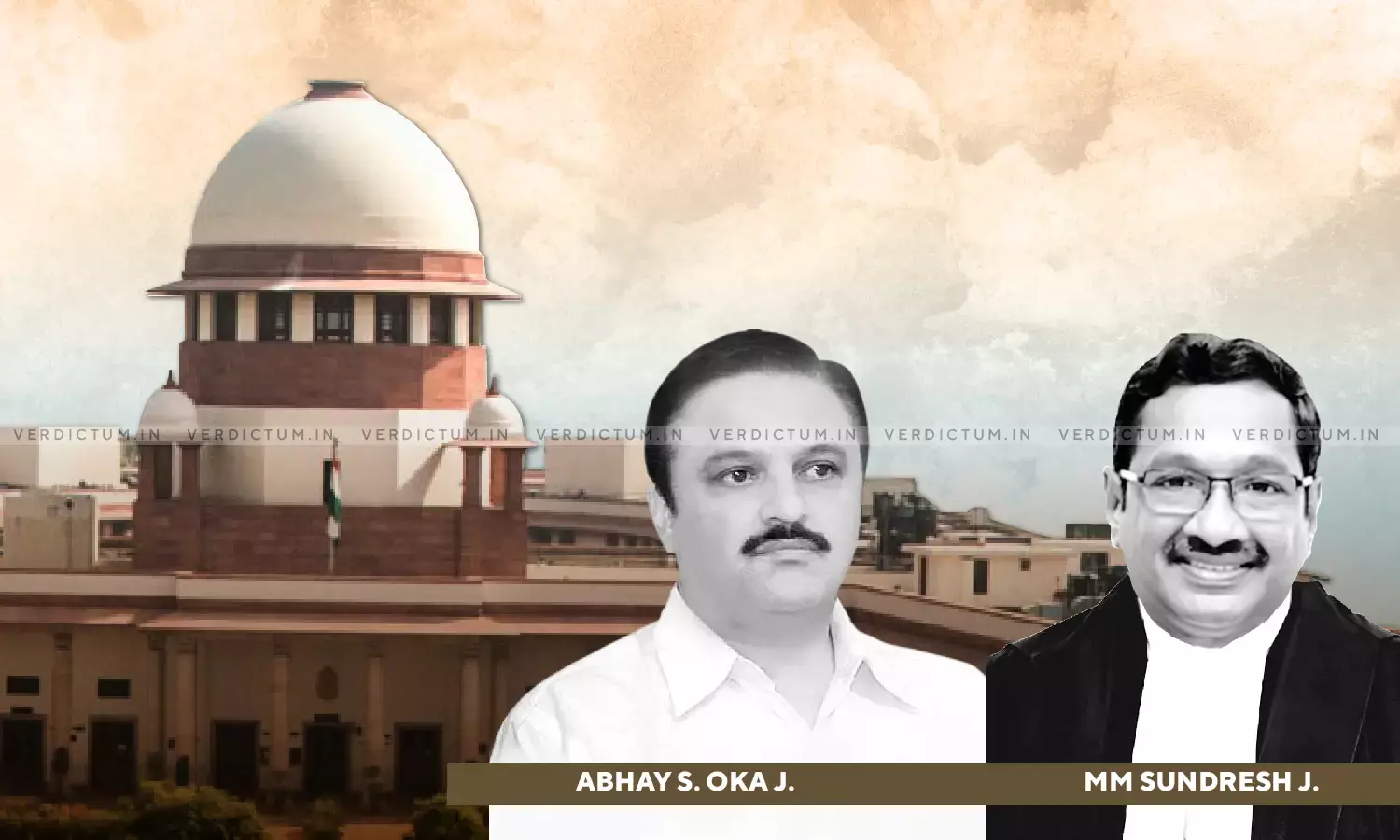Section 34 IPC – Common Intention Has To Be Proved Beyond Reasonable Doubt - SC While Setting Aside Conviction In Murder Case
Section 34 IPC – Common Intention Has To Be Proved Beyond Reasonable Doubt - SC While Setting Aside Conviction In Murder Case

A Supreme Court Bench of Justice Abhay S Oka and Justice MM Sundresh set aside a conviction confirmed by the Delhi High Court opining that "Both the appellants have been charged only based upon the rule of evidence available under Section 34 of the IPC. Section 34 does not constitute an offence by itself, but creates a constructive liability. The foundational facts will have to be proved by the prosecution. Not only the occurrence, but the common intention, has to be proved beyond reasonable doubt."
AOR Mrs. K Sarada Devi and AOR Mr. Avinash Sharma appeared for the Appellant side. AOR Mr. BV Balaram Das appeared for the Respondent side.
The Appeals were filed to overturn the conviction sentencing the Appellants to life for the offence punishable under Section 302 read with Section 34 of the IPC.
The Supreme Court considered the scope of Section 34 IPC and opined that the conviction rendered by the lower Courts cannot be sustained in the eye of the law.
To that end, it said that "Both the Courts made reliance upon the non-cooperation on the part of the accused to undergo the test identification parade by drawing an adverse inference. Unfortunately, the evidence available on record was not looked into as the witnesses had already been exposed to the accused in the police station. After all, the test identification parade is only a part of an investigation, and therefore, nothing more can be attached to it. It is the duty of the prosecution to prove its case beyond reasonable doubt."
Further, the Bench also observed, "Both the Courts have fixed the onus on the accused. The High Court after seriously doubting the evidence of PW1 should have extended the benefit of doubt as the evidence of PW3 ought not to have been accepted for the reasons stated above. The evidence as deposed by the prosecution witnesses itself would demonstrate that the version of the prosecution may not be correct. If the reasoning of the High Court is accepted, even then, the offence under Section 302 IPC may not be made out."
The Court also held that there has to be adequate material to fasten the appellants on the basis of constructive liability as Section 34 is nothing but a rule of evidence.
Accordingly, the appeals were allowed and the Appellants were set at liberty.
Click here to read/download the Judgment

